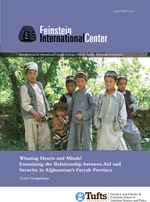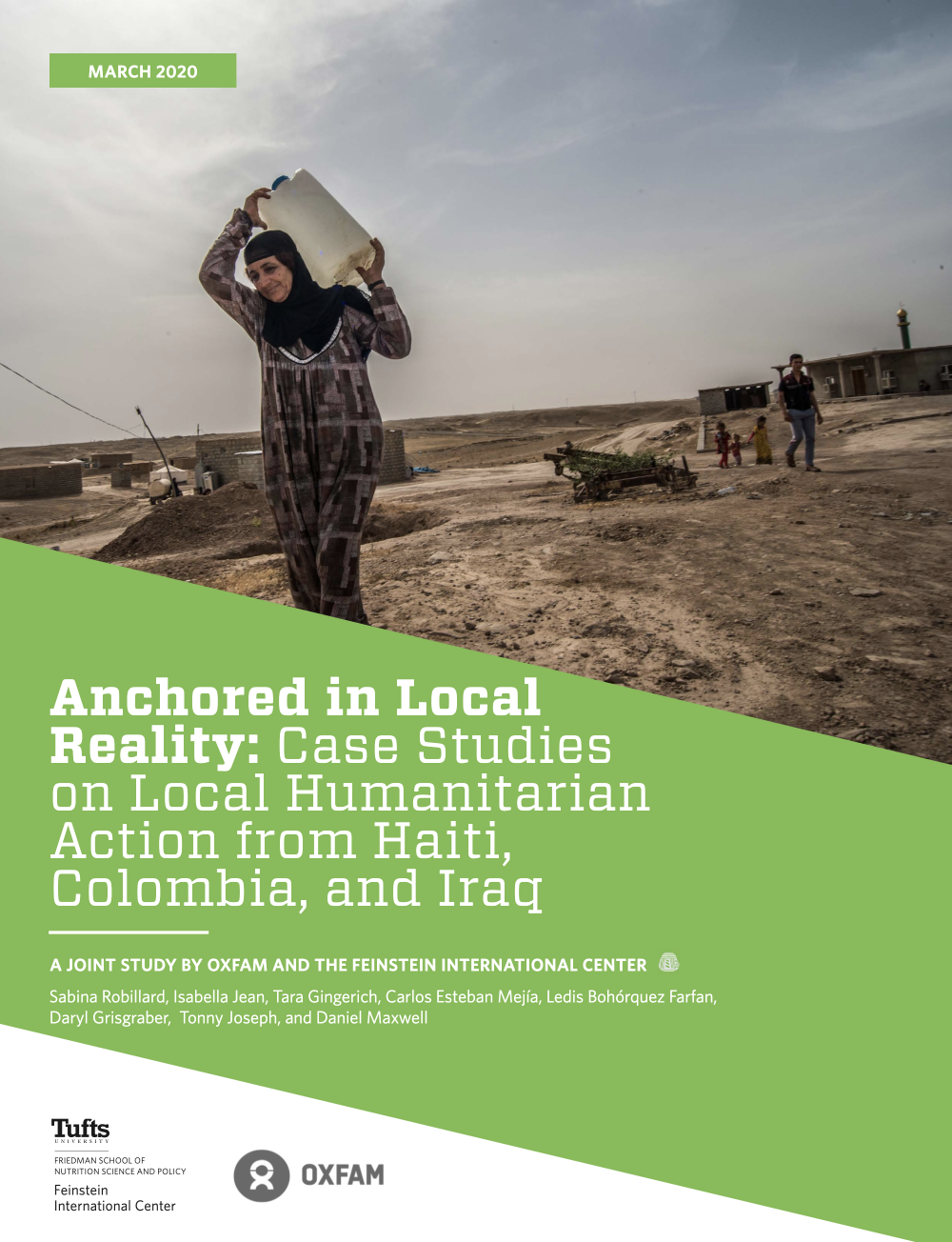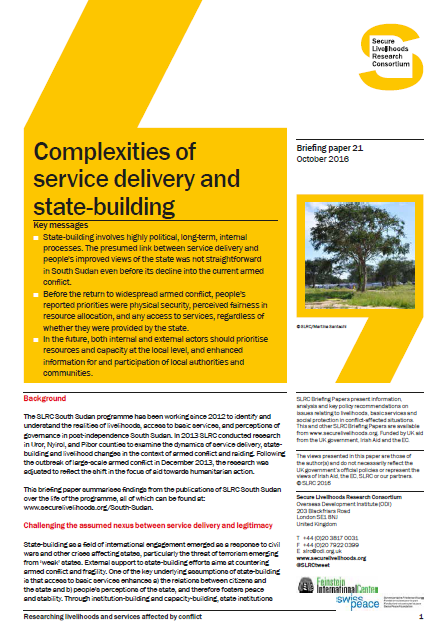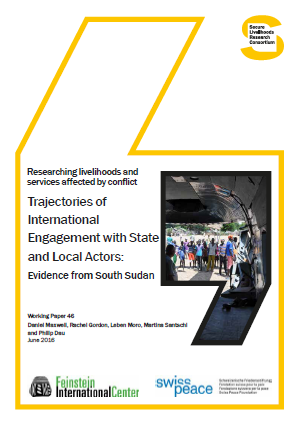Afghanistan has been a testing ground for a key aspect of counterinsurgency doctrine, namely that humanitarian and development projects can help to bring or maintain security in strategically important environments, and by “winning hearts and minds” undermine support for radical, insurgent, or terrorist groups. The assumption that aid projects improve security has lead to a sharp increase in overall development funding, an increased percentage of activities programmed based on strategic security considerations, and a shift of development activities to the military. Given what is at stake, it is essential that policy makers understand whether and how aid projects can actually contribute to security.
This second provincial case study, authored by Geert Gompelman, examines the drivers of insecurity, characteristics of aid projects and aid implementers, and effects of aid projects on the popularity of aid actors and on security in an area of Afghanistan which has been among the most peaceful, but which has significant pockets of insecurity. Faryab differs from the other provinces in that the Norwegian-led Provincial Reconstruction Team (PRT) does not have a civil-military coordination function and does not directly implement development projects, instead channeling its aid through the central government, multi-lateral institutions, and non-governmental organizations.
Respondents in Faryab ascribed insecurity largely to a mix of ethnic and political party factors in part the legacy of factional fighting during the years of conflict, and to unemployment and poverty, poor governance, and competition over scarce resources. Corruption and poor governance was seen as providing insurgents with an opportunity to gain a foothold among disillusioned communities.
The research confirmed the widespread expressed dissatisfaction with post-2001 development activities, including the complaint that more aid was going to the more insecure parts of the country and that substantial economic projects which created employment were lacking. Exceptions were made of the national ring road, the provision of electricity, and the National Solidarity Program.
Despite (or due to) the lack of involvement of the PRT in development projects, respondents expressed a positive view of the PRT relative to other PRTs, although respondents raised concerns about projects funded by the US Commander’s Emergency Response Program, which were not coordinated with the provincial administration or affected communities.
The fieldwork and analysis provided no evidence that aid projects contribute to stabilization in the short term, although there was some evidence that certain aid initiatives had led to positive changes in perceptions towards aid actors and the government. Aid projects were also found to provide a platform or opportunity for interaction between communities and outside actors such as the PRT, UN agencies, and the provincial administration. The provision of aid through the provincial administration did not seem to increase the population’s faith in the government.
The study also found that a voluntary initiative which was independent but informally linked to the government had a significant positive impact on stability in certain areas, and that this could provide some relevant insights into what was effective.
The findings have implications not just for relatively secure areas, but also more generally for the effectiveness of using aid projects as a stabilization tool. This provincial case study is the third of five anticipated case studies, and is part of a larger comparative study in Afghanistan, Pakistan, and the Horn of Africa of the effectiveness of development assistance in promoting stabilization objectives.







